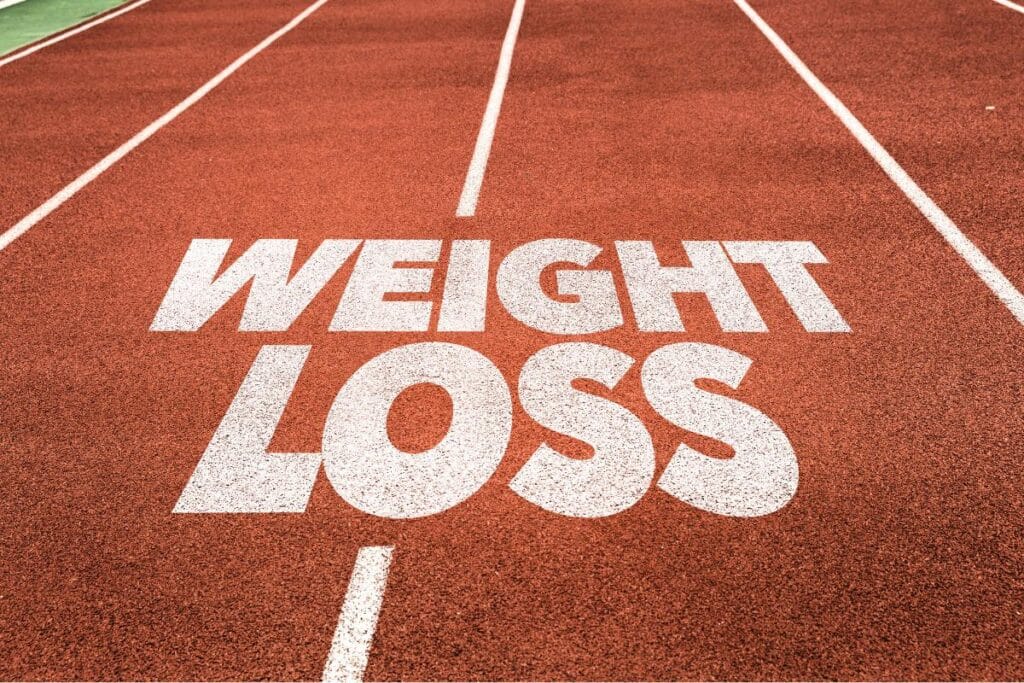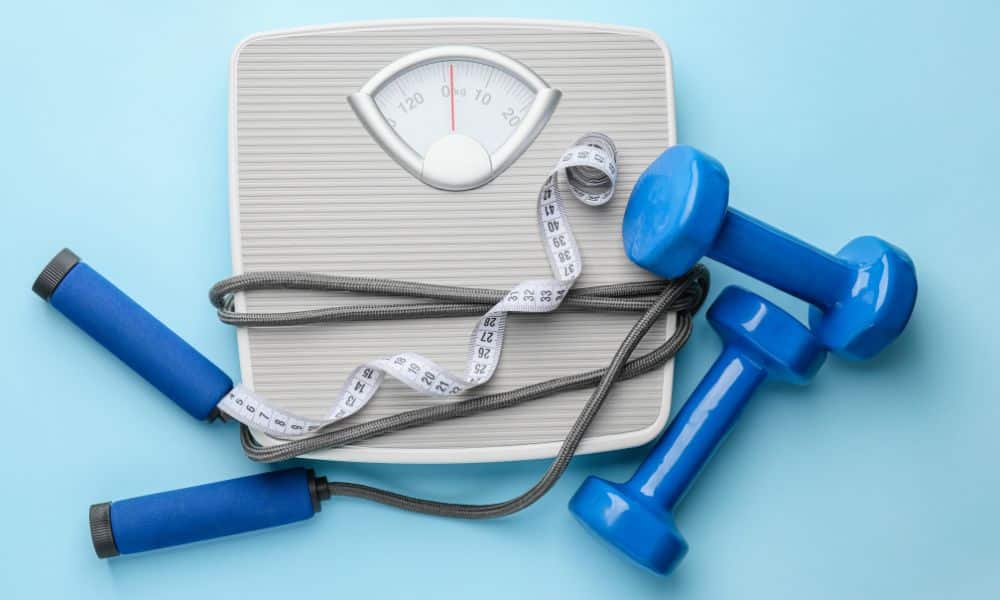Embarking on a weight loss journey is a common goal for many individuals seeking to improve their health and well-being. However, it’s not just about shedding pounds; it’s about optimizing the muscle-to-fat loss ratio to achieve a leaner, stronger, and healthier body.
This article will explore practical strategies to help you balance muscle preservation and fat loss during your weight loss journey.
Ideal Muscle-to-Fat Loss Ratio
An excellent muscle-to-fat loss ratio typically entails losing more fat relative to muscle tissue during a weight loss journey. Ideally, a healthy ratio might involve shedding more fat than muscle to achieve a leaner, toned physique while maintaining or even increasing overall muscle mass. Aiming for a ratio of approximately 75% fat loss to 25% muscle loss or better is considered reasonable. However, it’s essential to recognize that age, genetics, and fitness level can influence this ratio.
Several factors can cause a person to lose more muscle and slow down their metabolism during a weight loss program. Excessive caloric restriction, where the calorie deficit is too aggressive, can lead to muscle loss, as the body resorts to breaking down muscle for energy. Inadequate protein intake can also contribute to muscle loss, as protein is essential for muscle maintenance and repair. Lack of physical activity, particularly resistance training, can also accelerate muscle loss. Finally, insufficient sleep and high-stress levels can negatively affect metabolism and muscle preservation, making it crucial to adopt a holistic approach to weight loss that addresses these factors.
Prioritize Protein Intake
One of the keys to optimizing muscle-to-fat loss ratio is maintaining adequate protein intake. Protein is essential for muscle repair and growth. When you’re in a caloric deficit (consuming fewer calories than you burn), your body may break down muscle tissue for energy. To prevent this, ensure your diet includes sufficient lean protein sources like chicken, fish, lean beef, tofu, and legumes. Aim for a minimum of 0.8 to 1 gram of protein per pound of body weight daily.
Resistance Training
Incorporate resistance training, such as weightlifting, into your fitness routine. Resistance training helps preserve lean muscle mass while promoting fat loss. As you lose weight, resistance exercises stimulate muscle maintenance and even growth, preventing muscle loss during your weight loss journey. Aim for at least two to three sessions of resistance training per week.
Monitor Caloric Intake
To lose weight effectively while preserving muscle, creating a reasonable caloric deficit is essential. Extreme calorie restriction can lead to muscle loss. Calculate your daily calorie needs based on age, weight, activity level, and weight loss goals. Aim for a gradual weight loss of approximately 0.5 to 1 pound per week, as this allows your body to adapt and minimize muscle loss.
Focus on Nutrient-Rich Foods
Emphasize nutrient-dense foods in your diet. Choose whole grains, fruits, vegetables, and healthy fats. These foods provide essential vitamins, minerals, and fiber while helping you feel full and satisfied. Avoid empty-calorie foods like sugary snacks and processed foods, which can lead to muscle loss and hinder fat loss efforts.
Stay Hydrated
Proper hydration is crucial for overall health and can aid in maintaining muscle mass during weight loss. Dehydration can negatively impact muscle function and performance. Aim to drink plenty of water throughout the day, and consider consuming water-rich foods like fruits and vegetables.
Get Adequate Sleep
Quality sleep is often overlooked but plays a significant role in optimizing the muscle-to-fat loss ratio. During deep sleep, your body repairs and regenerates muscle tissue. Aim for 7-9 hours of sleep per night to support muscle preservation and overall health.
Monitor Progress
Track your progress regularly to ensure you’re moving in the right direction. This includes not only tracking your weight but also assessing body composition. Consider using tools like body composition scales or working with a fitness professional who can perform body fat assessments.
Conclusion: Optimal Muscle-to-Fat Loss Ratio
Achieving an optimal muscle-to-fat loss ratio during your weight loss journey is attainable with the right approach. Prioritize protein intake, engage in resistance training, monitor your caloric intake, focus on nutrient-rich foods, stay hydrated, get adequate sleep, and track your progress.
Remember that sustainable weight loss is a gradual process that requires patience and consistency. Consult with a healthcare professional or registered dietitian to create a personalized plan that aligns with your goals and ensures your weight loss journey is compelling and health-conscious.
If you are on a weight loss journey, share this article on Facebook or Twitter to help others learn more about losing weight.




